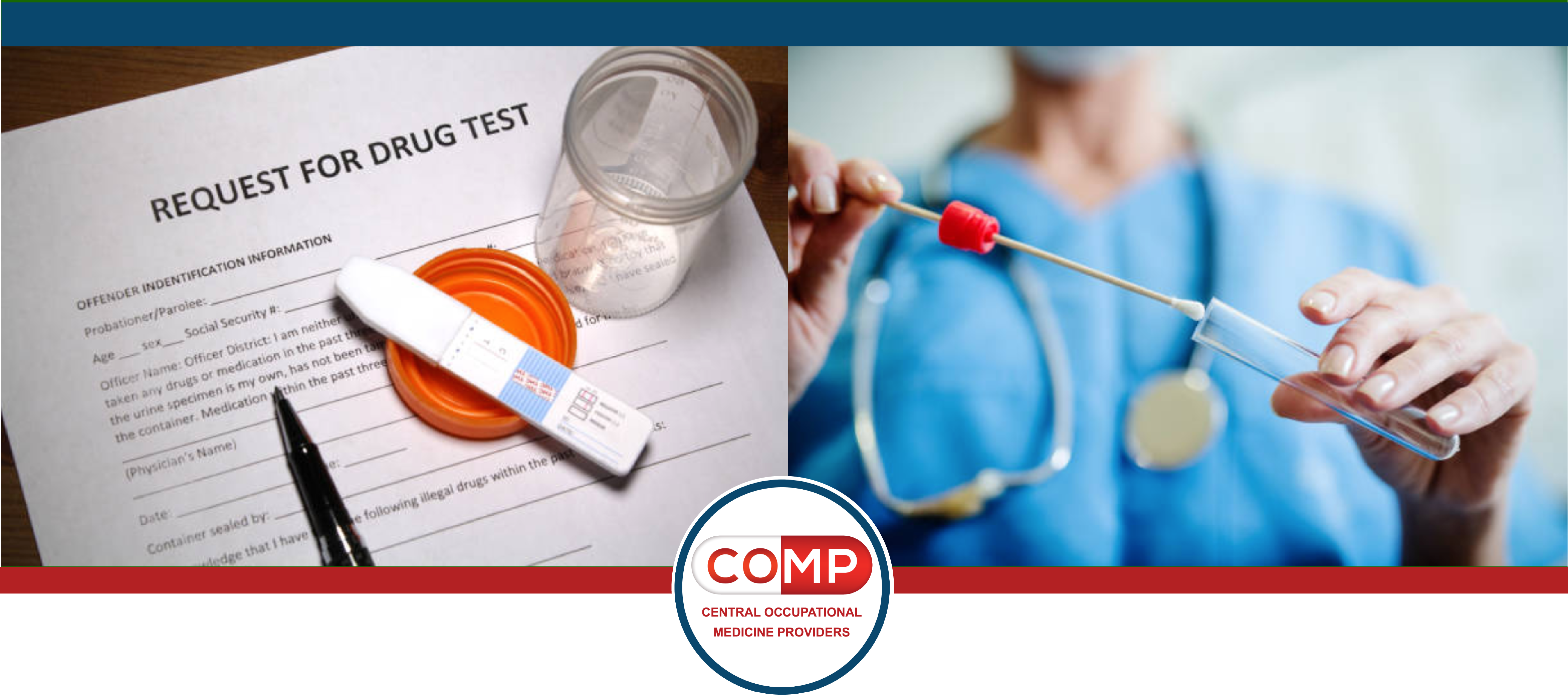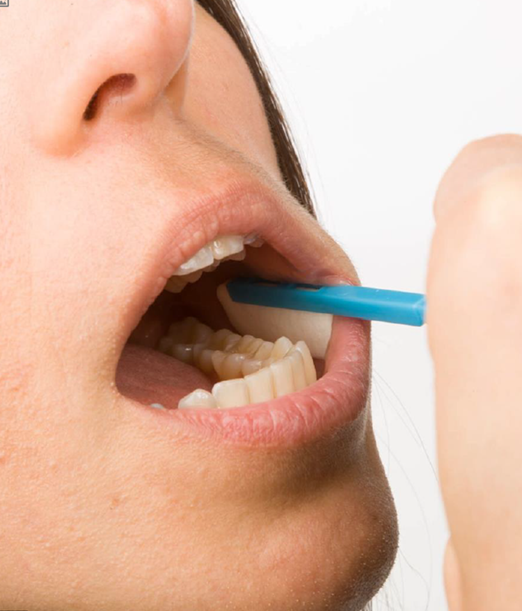

How to Comply with California's Employment Laws: A Practical Guide to Drug Testing Changes in 2024
Provided are the step-by-step procedure and guidelines that employers may follow to ensure their drug testing programs comply with the new California law (Ca. Gov. Code § 12954), which took effect on January 1, 2024:
Step 1: Review the New Law and Understand How and When to Apply the Law
- Carefully read and review the text of the new law (Ca. Gov. Code § 12954).
- Understand the specific provisions related to cannabis use, discrimination, drug screening, exemptions, and any other relevant details.
- Determine how the law applies to your company and whether any exemptions are applicable.
Step 2: Consult with Legal Counsel
- Engage with legal counsel familiar with employment law in California.
- Seek clarification on how the new law impacts your company’s drug testing policies.
- Determine whether any adjustments are necessary to ensure compliance.
Step 3: Assess your Existing Drug Testing Policies That are Being Affected by the New Law
- Review existing drug testing policies to identify any provisions that may conflict with the new law.
- Identify pre-employment marijuana testing requirements that may need to be removed.
- Determine permissible circumstances for drug testing (e.g., post-accident, reasonable suspicion, random testing, onboarding, and other situations).
Step 4: Contact Drug Testing Service Provider (COMP) and MRO (if applicable)
- Contact your drug testing service provider (e.g., COMP) and Medical Review Officer (MRO).
- Inquire about alternative testing methods that can comply with the new law.
- Discuss any necessary protocol changes to align with scientifically valid preemployment drug screening methods.
Step 5: Update Drug Testing Protocols
- Modify drug testing protocols to accommodate alternative testing methods that will comply with the new law.
- Ensure that testing methods on your protocol do not screen for non-psychoactive cannabis metabolites.
- Implement necessary changes to stay in alignment with legal requirements.
Step 6: Revise Drug Testing Policies
- Update drug testing policies to reflect the changes required by the new law.
- Clearly outline permissible circumstances for drug testing, making sure to exclude non-psychoactive cannabis metabolites from pre-employment testing.
- Communicate policy revisions to all employees.
Step 7: Educate Leaders and Employees on Policy Changes
- Conduct training sessions or provide educational materials for employees regarding the changes in drug testing policies.
- For Exempt and Non-exempt Employees
- Communicate the reasons behind the changes and the company’s commitment to maintaining a safe work environment.
- Address any questions or concerns raised by employees.
Step 8: Provide Resources for Clarification
- Offer resources for employees to seek clarification on the updated drug testing policies.
- Make sure employees are aware of avenues to address concerns or questions about the new policies.
Step 9: Continuous Monitoring and Compliance
- Continuously monitor developments in drug testing laws and regulations.
- Stay informed about any updates or amendments to the law.
- Adapt drug testing services and protocols accordingly to maintain ongoing compliance.
Step 10: Document Compliance Efforts
- Maintain thorough documentation of the steps taken to ensure compliance with the new law.
- Keep records of policy revisions, communication efforts, and any changes made to drug testing protocols.
By following these steps and guidelines, employers can navigate the process of aligning their drug testing programs with the new California law, promoting compliance, and fostering a safe and productive workplace.
FAQ
Most frequent questions and answers
No. It lists exemptions as well as conditions when the law does not apply to certain employees. Please review the law prior to making any changes to your procedures or policies.
California Law does not prohibit employers from having a drug free workplace program. Several California laws address the ability for employers to have a drug testing program. The new law does the same. The new law notes that it does not apply to federally regulated drug testing or employers in the building and construction trades, and it does not affect the rights or obligations of employers to maintain a drug- and alcohol- free workplace. The law also does not permit employees to possess, be impaired by, or use cannabis on the job.
Yes! California only requires a method that tests for the psychoactive metabolite of Marijuana. A change from urine to saliva will accommodate this requirement.
No! This law does not change DOT testing in any manner. Your DOT testing program should remain the same.
A drug free workplace program must include drugs that are instructed by the Substance Abuse and Mental Health Administration and that have been adopted by Federal Drug Testing programs. Incomplete programs create an unsafe workplace, make employers ineligible for Federal and State contracts, leave employers open to lawsuits, and can result in increases in insurance costs.
Urine testing remains a staple among testing methods, however California is requiring a method that confirms the psychoactive metabolite within Marijuana. At this time, urine tests for a different metabolite of Marijuana. Urine can remain your primary testing method and it is still DOT approved and the primary testing method by the Department of Transportation and Federal Drug Testing Programs. However, saliva must be used to confirm for Marijuana to meet the California law for non-federal testing.
Not yet The Federal Regulations have approved the use of saliva testing however, all of the protocols, kits, and laboratory certifications have not been completed yet. The current estimate is at least a year before DOT will implement Saliva Testing for DOT covered employees.
None. The law does provide explanation within the first section of its requirements noting that employers cannot use “drug screening conducted through methods that do not screen for non-psychoactive cannabis metabolites.” Employers must test for a psychoactive metabolite when confirming Marijuana use.



Recent Comments